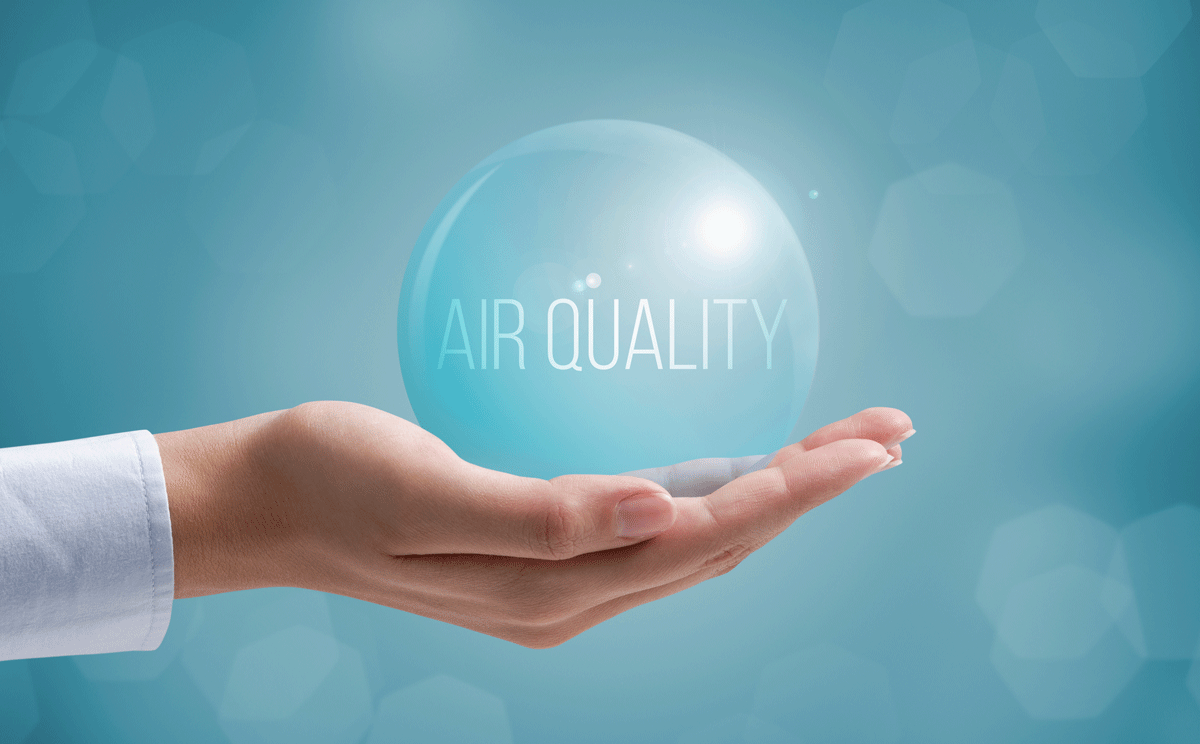Indoor air quality (IAQ) is a crucial aspect of our everyday environment that significantly impacts our health, comfort, and overall well-being. With people spending an average of 90% of their time indoors, the quality of the air we breathe within our homes, offices, and schools has become increasingly important. Factors such as pollutants, allergens, and inadequate ventilation can compromise indoor air quality, resulting in a range of health issues from allergies and respiratory problems to chronic diseases. Understanding the significance of IAQ is paramount, as it influences not only individual health but also productivity and quality of life.
As awareness of environmental health continues to grow, so does the need for effective strategies to improve indoor air quality. Simple measures such as regular cleaning, proper ventilation, and the use of air purifiers can contribute to cleaner air indoors. Furthermore, addressing common sources of indoor pollution, such as mold, volatile organic compounds (VOCs), and pet dander, can lead to significant improvements in IAQ. By prioritizing indoor air quality, we take a proactive step toward creating healthier living and working spaces for ourselves and future generations.
Strategies for Enhancing Indoor Air Quality
Improving indoor air quality involves a multifaceted approach that targets the elimination of pollutants and enhances ventilation. Regularly changing air filters in HVAC systems, ensuring proper maintenance, and utilizing exhaust fans in kitchens and bathrooms can significantly reduce indoor contaminants. Additionally, incorporating houseplants is an effective way to naturally purify the air, as certain plants can absorb toxins and release oxygen. For those seeking more information on the health impacts of indoor air quality, the website provides valuable insights into how cleaner air can enhance mental clarity and focus.

The Role of Ventilation
Proper ventilation is essential for maintaining healthy indoor air quality. It helps to regulate humidity levels and ensures that fresh air circulates throughout living spaces. Mechanical ventilation systems, such as heat recovery ventilators (HRVs), are valuable for homes that are tightly sealed for energy efficiency, as they can introduce outdoor air while minimizing energy loss. In contrast, natural ventilation through open windows is also beneficial, but it’s important to be mindful of outdoor air quality conditions. Establishing a well-balanced ventilation system helps remove airborne contaminants and provides a healthier environment for occupants.
Ultimately, maintaining high indoor air quality is not just about comfort; it is a vital aspect of our health and safety. The interplay of various strategies, from proper ventilation and regular maintenance to the integration of natural elements like houseplants, underscores the need for a proactive approach to creating healthier indoor environments. As we become increasingly aware of the detrimental effects of poor air quality, it is imperative to prioritize IAQ in our homes, workplaces, and schools. By investing time and resources into improving indoor air quality, we not only enhance our immediate environment but also foster long-term health benefits, ensuring a better quality of life for ourselves and future generations.
